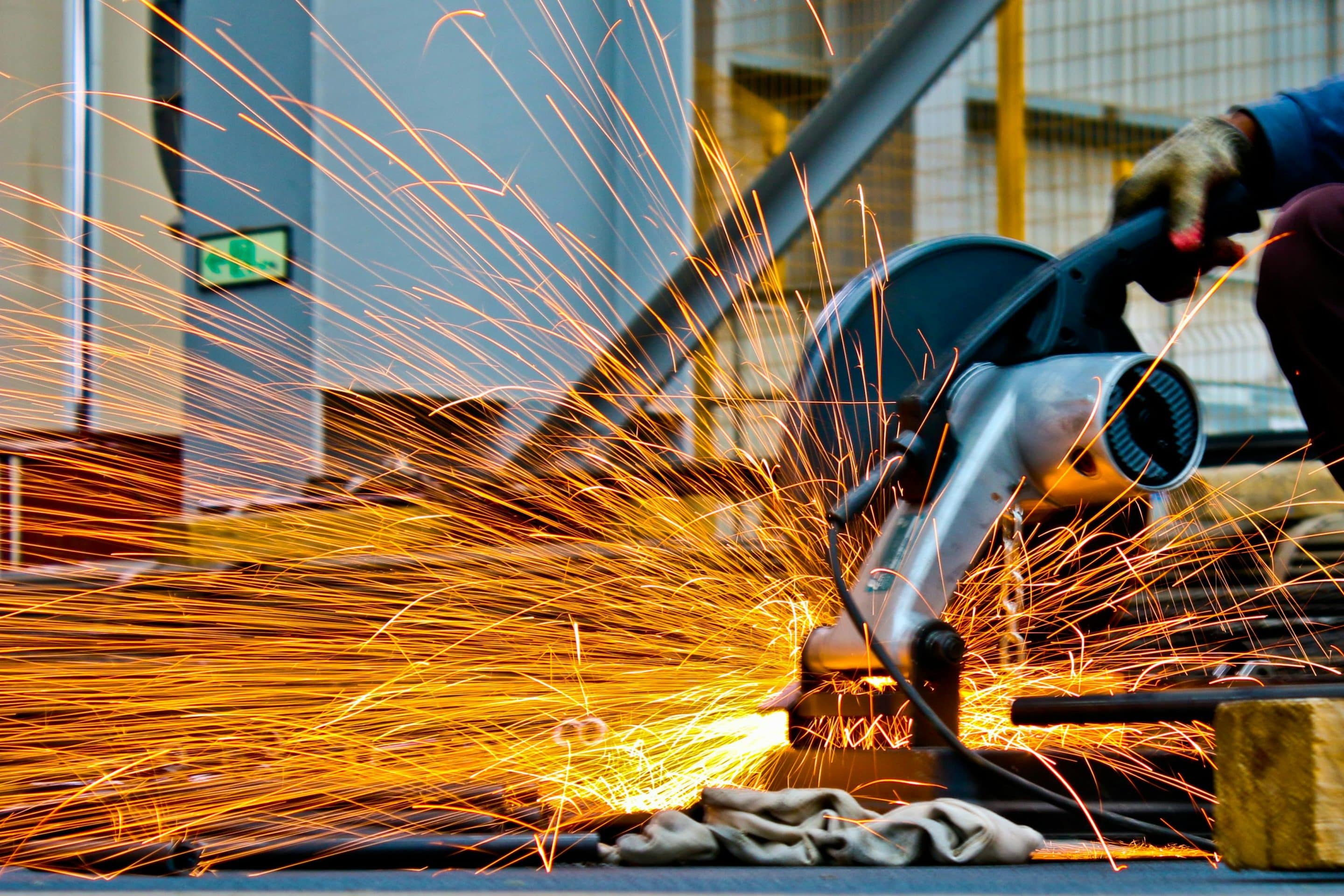The commercial real estate construction industry is navigating a complex and evolving landscape in 2025, with two key pressures leading the conversation: persistent labor shortages and elevated material costs. These challenges have forced builders to rethink timelines, sourcing strategies, and even the fundamentals of how they design and deliver projects. Rather than stall out, the most adaptive builders are finding creative ways to keep projects moving forward without compromising quality or profitability.
The Ongoing Labor Crunch
Skilled labor shortages have plagued the construction industry for years, but in 2025, the issue is more pressing than ever. Many experienced tradespeople have retired, while younger generations have shown less interest in entering the construction field. The result is a significant gap between the volume of projects underway and the workforce available to complete them.
Builders are responding by investing heavily in workforce development, partnering with trade schools, offering on-the-job training programs, and increasing wages and benefits to attract and retain talent. There’s also a growing emphasis on construction technology that can reduce labor needs—such as robotics, prefabrication, and 3D printing.
Prefabrication and Modular Construction Gain Ground
With labor in short supply, builders are increasingly turning to prefabricated components and modular construction techniques to improve efficiency. These methods allow significant portions of a project—walls, bathrooms, even entire units—to be built off-site in a controlled factory environment and then assembled quickly on-site. This reduces the reliance on large on-site crews and shortens project timelines.
While not suitable for every project, these approaches have proven especially useful in commercial developments like hotels, healthcare facilities, and multifamily housing—where speed and scale are critical.
Battling Rising Material Costs
From lumber and concrete to steel and insulation, material costs remain volatile due to global supply chain disruptions, inflation, and demand surges. Builders have had to become far more strategic in procurement, working closely with suppliers to lock in prices early and reduce exposure to cost spikes.
Some developers are also revisiting design specifications and exploring alternative materials—such as cross-laminated timber or recycled steel—to manage expenses while maintaining sustainability goals.
Smarter Project Planning
The twin challenges of labor and materials are reshaping the early phases of commercial construction planning. Builders are placing a greater focus on value engineering, carefully reviewing designs and specs to identify cost-saving opportunities without undermining the project’s integrity.
Additionally, real-time construction management platforms are being used to coordinate schedules, deliveries, and subcontractors more efficiently. These tools help keep projects on track and reduce costly delays.
While labor shortages and rising material costs pose real risks, they’re also catalyzing long-overdue innovation in the commercial construction sector. Builders that embrace new technologies, optimize sourcing strategies, and invest in their workforce are not just surviving—they’re building smarter, more resilient business models.
In this high-pressure market, adaptability is the name of the game. The most successful builders aren’t just reacting to challenges they’re using them as a catalyst for long-term growth and transformation.





